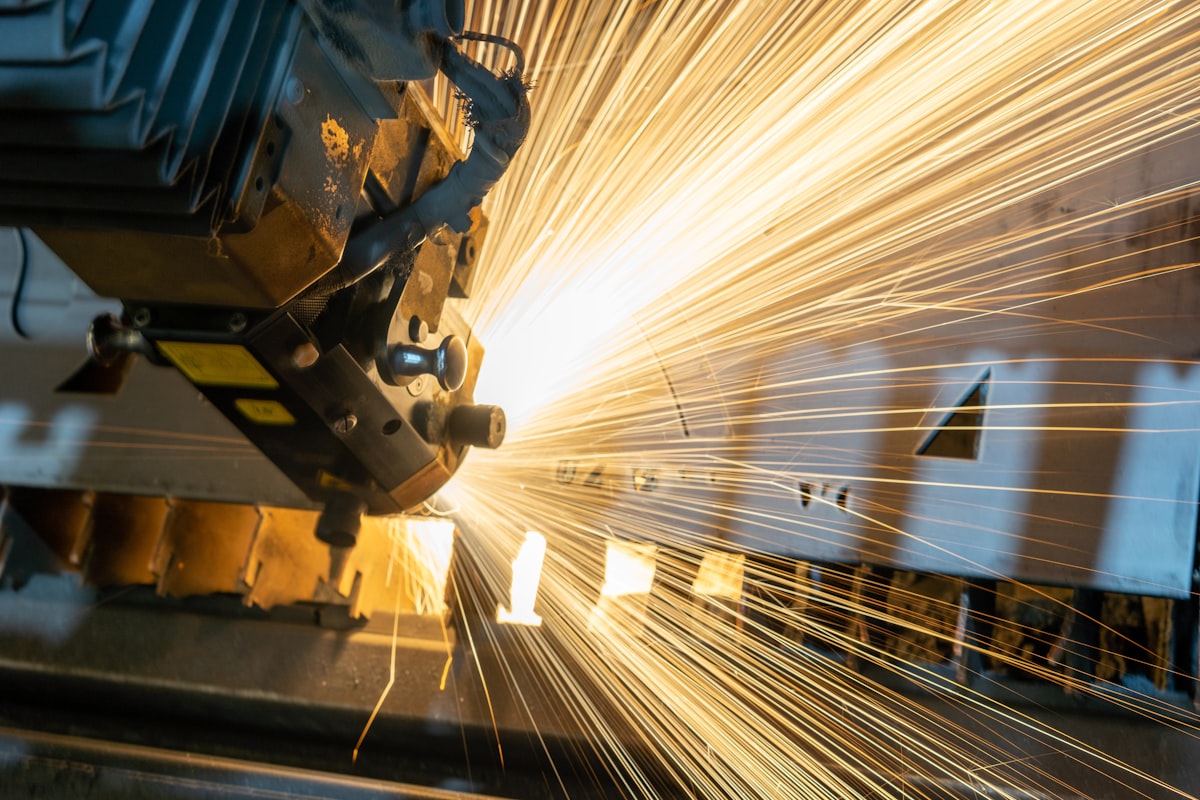Siemens is digesting, rebranding, and moving in, to a no-nonsense Industrial Metaverse

Last July, Siemens unveiled their new business accelerator dedicated to the metaverse. And before you start running away, thinking they are selling snake oil – as everyone pretty much when using the M word – think again.

While Siemens CEO Roland Busch half-heartedly evokes the consumer metaverse "revolution," he then rapidly gets down to the real business. His no non-sense version of the metaverse? It's all about industrial applications. And this Industrial Metaverse is fueled by the Nvidia Omniverse platform.
We see the next wave of disruption coming already and it's called the Metaverse. Some describe it as the next iteration of the internet, a virtual world that is always on, a world where people can meet, work, play and shop. And when it comes to the Industrial Metaverse, we can see some of the concrete benefits that it could bring. Already today we use many if the technologies that will define the Metaverse - Roland Busch, Siemens
What is the industrial metaverse all about? Predictive maintenance, designing urban mobility and energy efficiency, training robots, or reviewing processes and productivity with digital twin factories.
The contrast with Meta (the artist formerly known as Facebook) toying around with corny solutions and ideas from the nineties is quite sharp.
Wow. Mark Zuckerberg basically got cyberbullied so much over his company’s metaverse graphics that he announced an update. pic.twitter.com/Eu7108qCUu
— Ryan Mac 🙃 (@RMac18) August 19, 2022
And while Meta is working on its vaporware, Siemens and Nvidia are not only delivering at scale but also regrouping troops around their business platform and their tech standards.

The real challenge is now about getting momentum, reaching critical mass, and becoming larger than SAP and Salesforce combined, potentially rivaling Microsoft at some point. To be clear, I have no idea how much Siemens and/or Nvidia are really betting on the Industrial Metaverse, but as a duo, they hold quite a powerful hand to build an impressive vertical stack combining both hardware and software supremacy.
Remember, in the end, it's all about critical mass.


